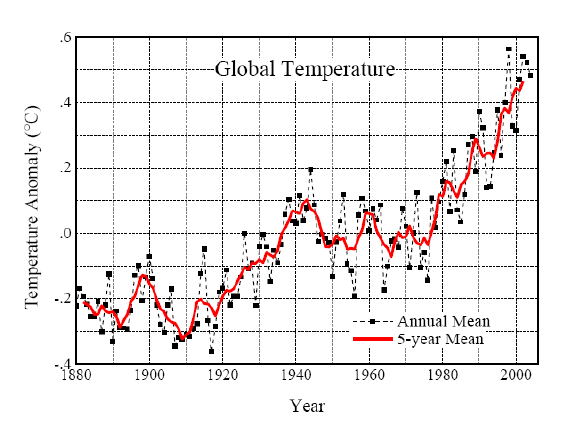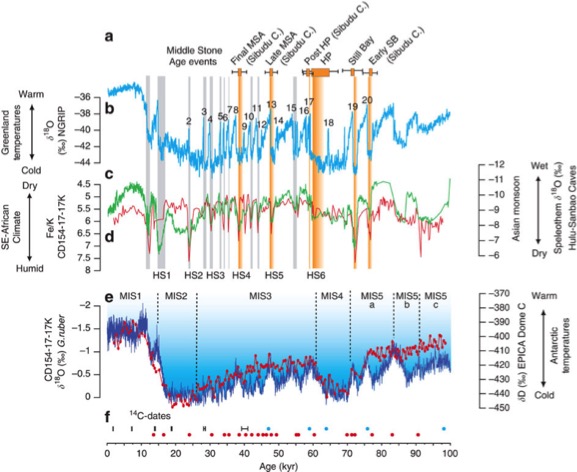Overview
Earth's climate is changing over a vast range of time scales in response to varied and coupled processes acting in the atmosphere, oceans and deep mantle. In this module you will explore how the dynamics of the ocean and cryosphere contribute to the remarkable climate variability observed over the last 10,000 years and over the last 100 years. You will look at data sets and investigate how this variability is (or is not) identified. Following a few weeks of mostly learning to write and to ask a question that is actually the one you want to ask, beginning with this module we will start to look closely at data sets. Building on last week, you will do some plotting bearing in mind the mantra: PLOT, OBSERVE, LEARN, ASK, ANALYZE, RE-PLOT
We will also investigate models applied to understand or at least explain these data sets.
Learning Goals for This Module (TBA)
Reading:
Anthropogenic climate change, melting Greenland: Why it matters
A short overview: Alley (2004)
Some of the global processes that modulate Northern Hemisphere climate change
Atlantic deep water production, freshening and rapid cooling: How does it work: Rahmstorff (2006)
Evidence of profound rapid climate change in the recent past related to freshwater delivery from Greenland
Has Atlantic deep water production ever ceased? What are some effects: Broecker and Hemming (2001)
Melting Greenland, abrupt climate shifts and effects on deep ocean ecological systems: Yasuhara (2008)
Volcanism and climate teleconnections across the planet: Bay et al. (2004)
Arctic-Antarctic Seasaw: Improbable but profound teleconnections: Brook et al., 2018
Some observations: Over short time scales of a couple of human lifetimes

Some observations: Over millennial time scales

Some observations: Over 100 kyr time scales
